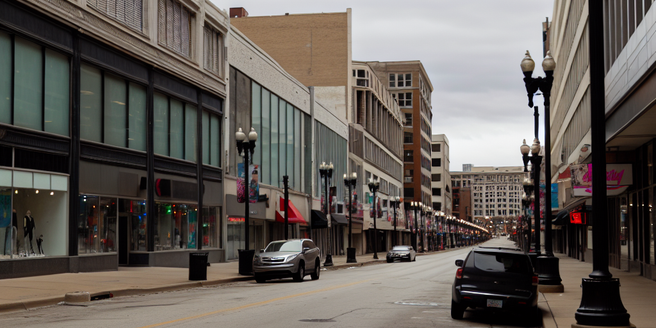Understanding Economic Recession
Economic recessions are characterized by a decline in economic activity across the board. Common triggers can include a loss of consumer confidence, leading to reduced spending, or significant disruptions in financial markets. These downturns are typically manifested by reduced GDP, higher unemployment, and low consumer spending. Central banks often intervene by adjusting interest rates to stimulate growth. Additionally, government policies may focus on increasing public spending or providing tax relief to reignite economic activity. Understanding these dynamics is crucial for businesses and policymakers to navigate and mitigate the adverse effects of recessions. Though challenging, recessions can also present opportunities for economic reform and recalibration towards more sustainable growth paths.
Historical Examples of Recessions
Throughout history, economic recessions have significantly influenced global economies. The Great Depression of the 1930s remains one of the most profound examples, originating in the United States and spreading worldwide, resulting in widespread unemployment and poverty. The 1970s oil crisis, driven by geopolitical tensions, led to a sharp economic downturn as energy prices skyrocketed. More recently, the 2008 financial crisis exemplified how interconnected global financial systems can propagate distress rapidly. Each of these events was precipitated by different factors—speculative financial bubbles, resource scarcity, or structural financial imbalances—yet each had long-lasting effects on societies. Examining these incidents provides insight into potential outcomes and strategies for future economic stability.
Impact on Employment and Wages
Economic recessions profoundly affect employment and wages as businesses grapple with declining revenues. Companies often face difficult decisions to reduce workforce sizes to cut costs, leading to rising unemployment rates. Meanwhile, existing employees may experience wage stagnation or reductions as employers attempt to stabilize their financial standing. The uncertainty can also halt new hiring, contributing to a more competitive job market. This environment adds pressure on workers but can sometimes lead to increased productivity and efficiency as companies strive to do more with less. Understanding these dynamics is crucial to developing policies that protect labor markets during economic downturns.
Recession’s Effect on Small Businesses
Small businesses are often disproportionately affected during economic recessions. With limited financial buffers, these entities may struggle with reduced consumer spending, tighter credit conditions, and fluctuating market demand. Maintaining cash flow becomes increasingly challenging, forcing many to downsize or even close. The survival of small businesses often hinges on their ability to adapt quickly through diversifying offerings, renegotiating contracts, or leveraging digital platforms. Nonetheless, recessions also offer unique opportunities for some small businesses to innovate, capture new market niches, or gain market share. Policymakers often focus on supporting small businesses through loans or grants to bolster economic recovery and sustain employment.
Government Responses and Stimulus
During economic recessions, governments often deploy monetary and fiscal policies to mitigate downturns. This can include lowering interest rates, implementing quantitative easing measures, or introducing targeted fiscal stimulus packages aimed at boosting demand. Stimulus checks, infrastructure projects, or tax incentives are common strategies to increase consumer spending and stimulate job growth. These interventions are designed to stabilize the economy, but their effectiveness often depends on timely and accurate implementation. By understanding the past effectiveness of these responses, governments can refine their strategies to provide timely economic support, ensuring that recovery is robust and societal impacts are minimized.
Long-term Economic Consequences
Recessions can have lasting effects on an economy, influencing structural and behavioral changes in markets and industries. Long-term consequences often include shifts in consumer behavior, where heightened saving and cautious spending become prevalent. Additionally, companies may reconsider operational models, leading to increased automation and reduced reliance on manual labor. Economic policy and regulation often evolve post-recession, as lessons learned from crisis management result in stricter financial oversight and more robust economic buffers. While these changes can enhance long-term economic stability, they can also slow down risk-taking and innovation, posing challenges for future economic growth.



